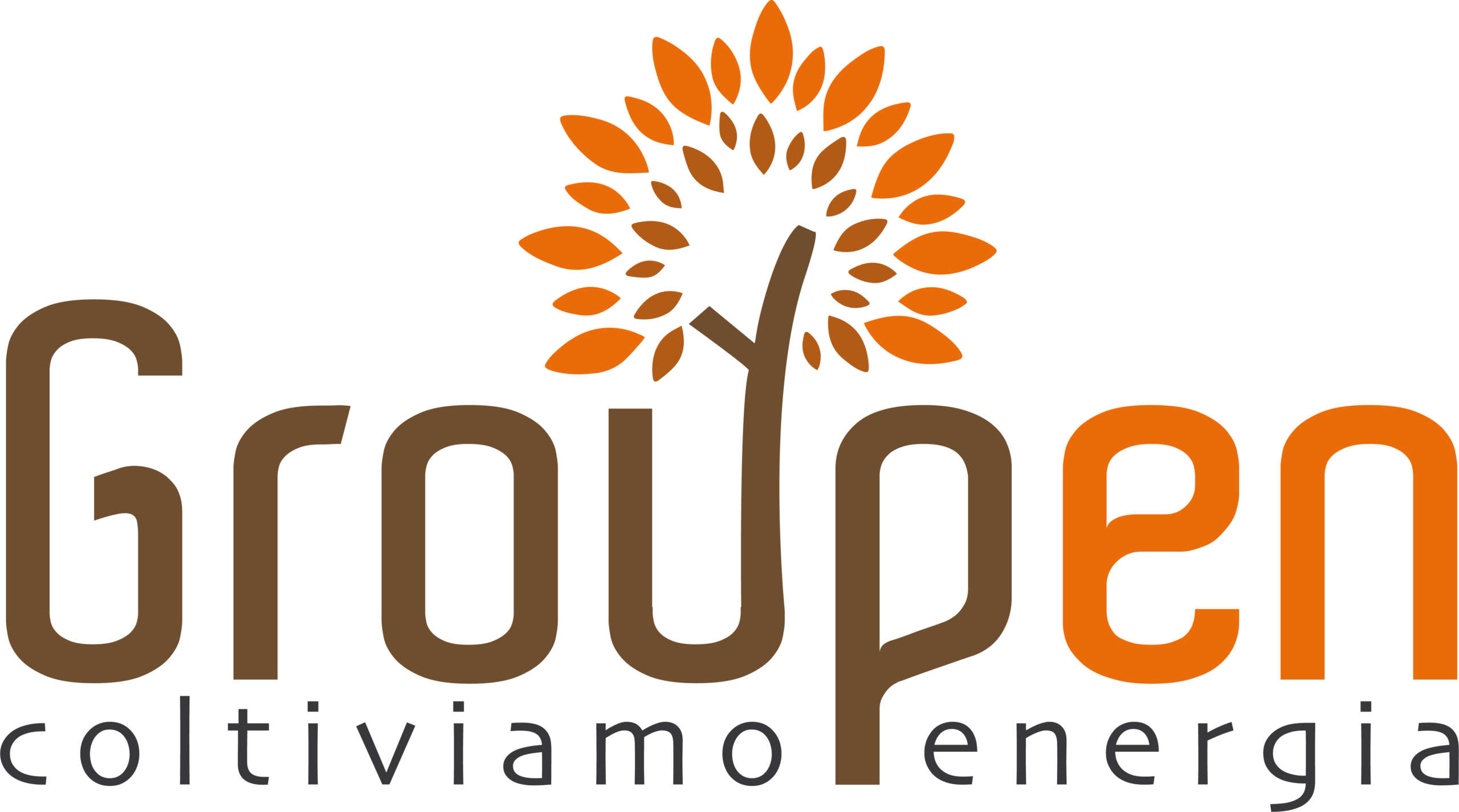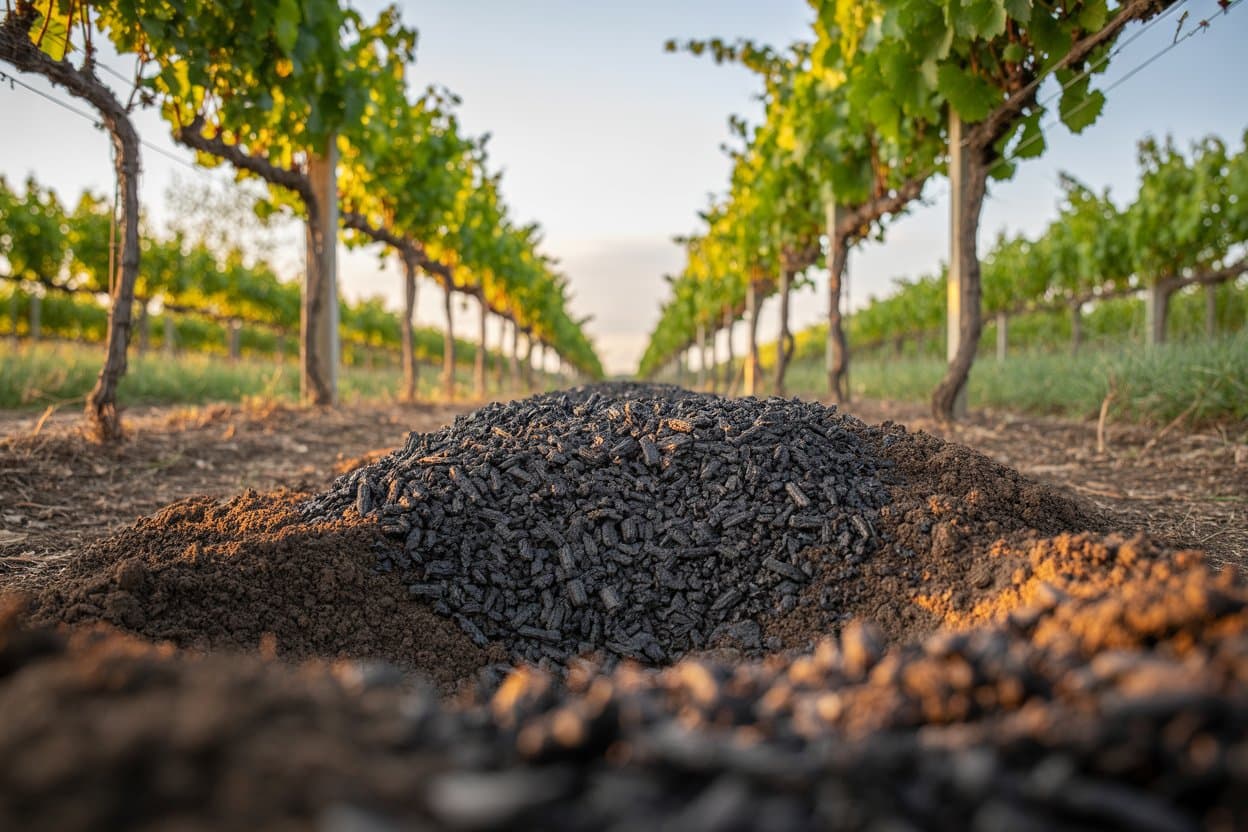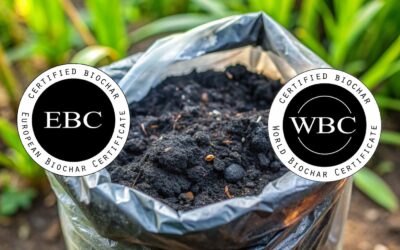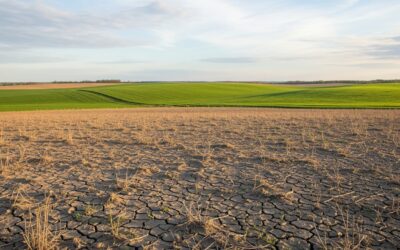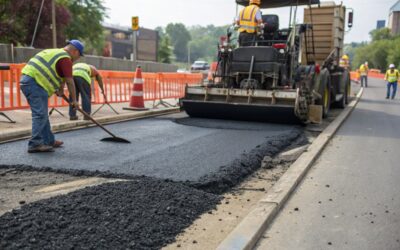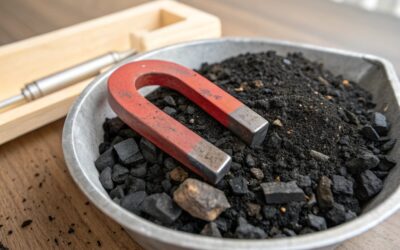In the context of climate change, viticulture is facing increasingly complex challenges.
Among the most pressing: the loss of soil fertility and increasing water scarcity.
In this scenario, biochar is emerging as a sustainable and practical solution for improving soil quality and increasing drought resilience in vineyards.
But what is biochar and why does it represent a turning point for the future of wine?
- Why biochar makes sense in the vine
- Testimonials and field experiences
- Long-Term Effects of Biochar
- Case History: Applying biochar in the vineyard
- Conclusion
- Frequently Asked Questions
Why biochar makes sense in the vine
Quality viticulture depends on the health and resilience of the soil. A soil with good water retention and a vibrant microbiome guarantees regular production even in times of water stress.
Biochar is a charcoal obtained from pyrolysis , the thermal decomposition of biomass in the absence of oxygen. Unlike conventional charcoal, biochar is designed to be integrated into the soil , not burned.
The result is a highly porous material , rich in stable carbon, capable of:
- improve soil structure
- increase water retention
- stimulate the soil microbiome
- sequester carbon for hundreds of years
Testimonials and field experiences
Tuscany – Marchesi Antinori, La Braccesca
Between 2009 and 2010, a total of 44 t/ha of biochar was applied to a Merlot vineyard . The data collected demonstrate:
- Increase in bunch productivity of up to 66% , while maintaining stable wine quality.
- Soil water retained longer during dry periods.
- No harmful concentrations of PAHs or long-term toxicity.
California – Monterey County
A trial conducted from 2016 to 2022 on Pinot Noir tested four scenarios: no amendment, compost, biochar, and compost + biochar. The biochar + compost mix resulted in:
- Yields increased by over 30%
- Additional profit of approximately $17,600 per acre (0.4 ha) compared to biochar alone
Roussillon, France – Domaine Lafage
Experts like Antoine Lespès confirm the effectiveness of biochar on poor soils, especially in recently planted vineyards. Biochar is helping the estate cope with extreme climate conditions.
Long-Term Effects of Biochar
Long-term effect : 10 years after application, soil water retention and plant water status remain significantly improved; thin roots are reduced, resulting in a reduced need for soil exploration.
Water availability for plants increases significantly. The positive effects are more evident in arid climates or conditions with low rainfall.
The benefits come from a combination of physical and structural factors in the soil:
- Increased porosity : improves air and water circulation.
- Greater specific surface area : promotes the adhesion of water to soil particles.
- Formation of micrometric pores : they retain water in a form easily available to the roots.
- Better aggregation : stabilizes soil structure and reduces compaction.
Case History: Applying biochar in the vineyard
- Preliminary soil assessment
- Sandy/granular soils benefit most.
- Test texture, pH, organic matter.
- Choosing the biochar
- Sources: prunings, cellar waste, local wood.
- Pyrolysis process: high temperatures (>400 °C) for optimal porosity.
- Dosage and method of application
- Examples: 4–10 t/ha in the Mediterranean; in sandy areas, 3–6% by weight.
- Recommended mix: compost + biochar to maximize yield and water yield.
- Costs vs. benefits
- Average price: €300/tonne (4 t/ha ≈ €1,200/ha).
- 30% increase in yield.
- Possibility of reducing costs through internal production and carbon credits .
- Monitoring and adaptation
- Soil water measurements, root observation, annual yields.
- Adapt the mix according to the results and the type of vineyard.
Conclusion
Biochar confirms itself as a calibrated and concrete tool for increasing water retention , reinvigorating the soil microbiome, increasing viticultural productivity and carbon stored in the soil.
Direct evidence from the field, scientific data and expert contributions show that, correctly applied, biochar can transform from an additional cost into a strategic lever for the sustainability and resilience of quality viticulture.
Frequently Asked Questions
What is the ideal dosage?
It varies between 10–22 t/ha, but also 3–6% by weight on sandy soils. Calculate here.
Does it lower soil pH?
It can change it: test and calibrate according to your soil.
Is compost always necessary?
No, but a compost+biochar mix has shown the best results.
Achieve ROI?
Yes, with increased yield and environmental benefits.
When does the effect wear off?
It’s not yet clear; after 10 years, the water effect is still present.
